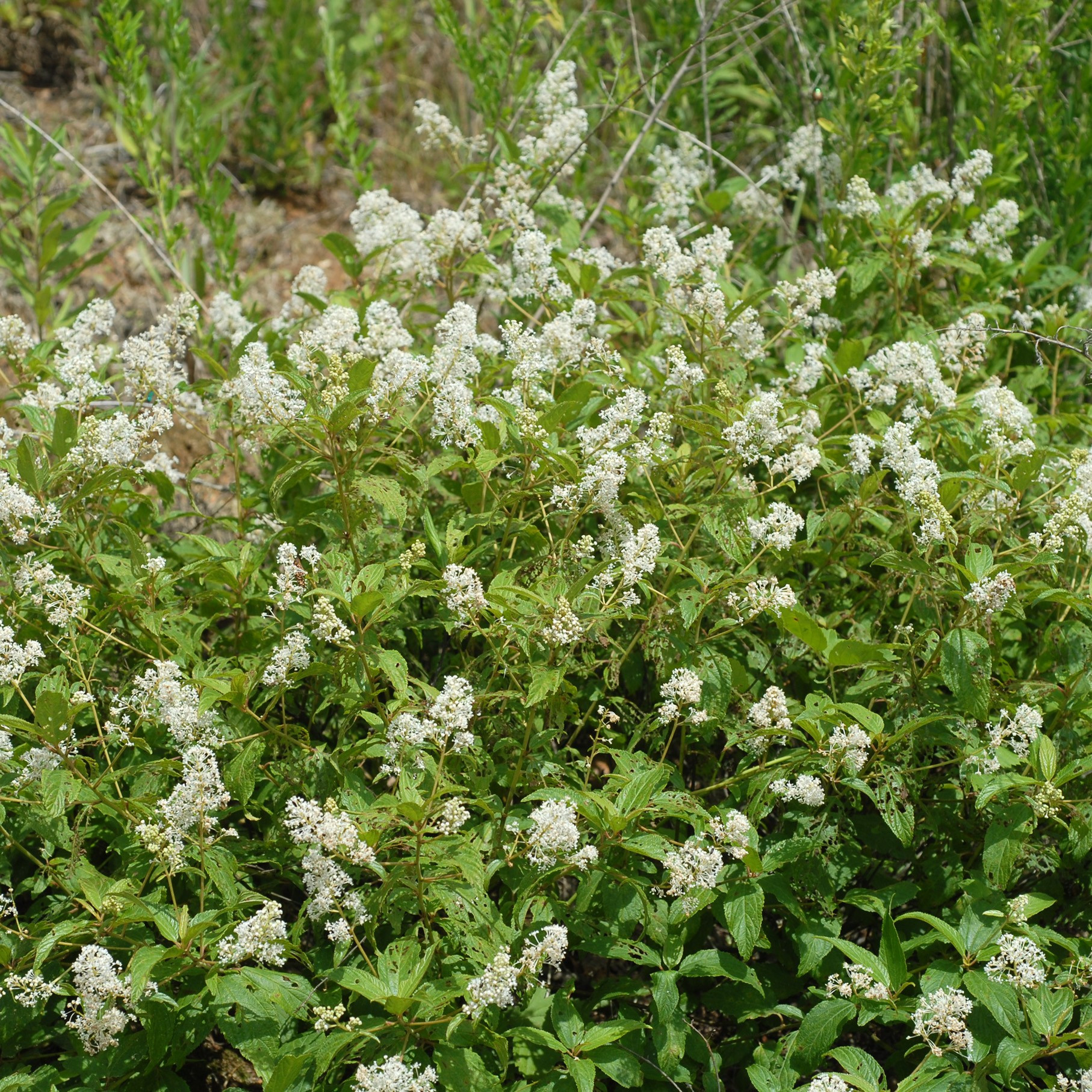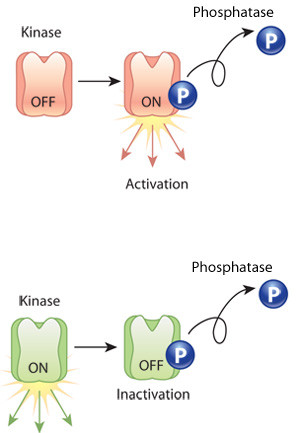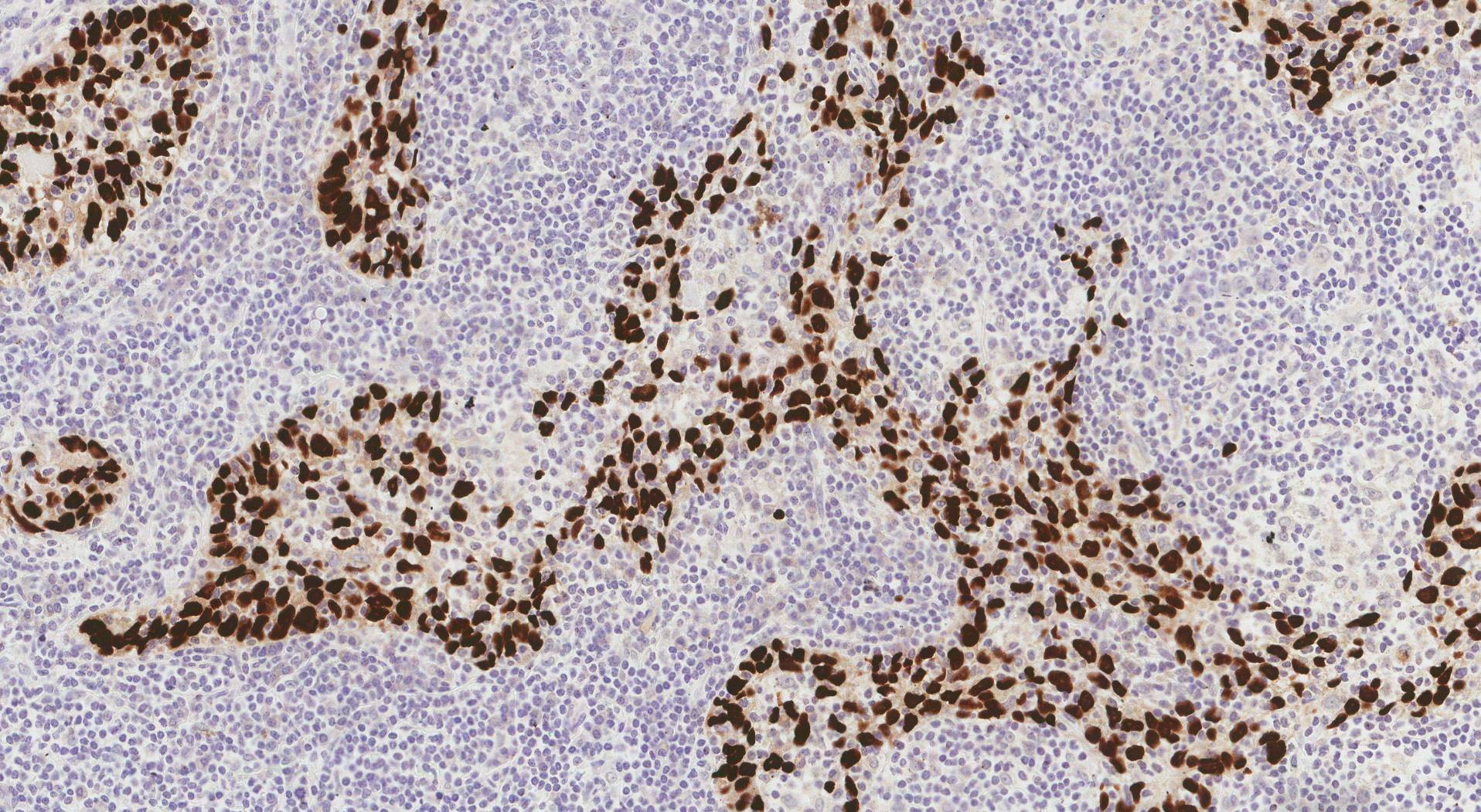Unveiling Tea Plants' Drought Resilience: A Molecular Tale of Phosphorylation
Drought, a recurring threat to agriculture, significantly impacts crop yields, including the production of tea. Tea plants, renowned for their rich flavonoid content, crucial for both quality and health benefits, are particularly susceptible to the detrimental effects of water scarcity. Under drought conditions, the biosynthesis of these essential flavonoids dwindles, compromising the overall quality of tea.
Deciphering the Molecular Mechanisms of Drought Response
To address these challenges, researchers from Anhui Agricultural University embarked on an investigative journey into the molecular mechanisms governing flavonoid biosynthesis under drought stress. Their findings, published in the journal Horticulture Research, shed light on the critical role of a WD40-repeat protein (CsWD40) and its phosphorylation in regulating flavonoid production under drought conditions.
The Crucial Role of CsWD40 Phosphorylation
The study revealed that drought stress triggers an increase in the expression of CsMPK4a, a mitogen-activated protein kinase, in tea leaves. CsMPK4a, like a molecular switch, interacts with CsWD40, leading to its phosphorylation at specific sites (Ser-216, Thr-221, and Ser-253). This phosphorylation event disrupts the interaction between CsWD40 and essential transcription factors responsible for flavonoid biosynthesis, ultimately leading to a reduction in flavonoid production.
Experimental Validation: The Impact of Phosphorylation on Flavonoid Production
To further validate these findings, the researchers introduced dephosphorylated (CsWD403A) and phosphorylated (CsWD403D) variants of CsWD40 into Arabidopsis plants, a model plant system. The results were compelling. Dephosphorylated CsWD40 led to an enhancement of flavonoid production, while phosphorylated CsWD40 significantly decreased it.
Transient Overexpression Confirms the Key Role of CsWD40 Phosphorylation
To further solidify the role of CsWD40 phosphorylation in modulating flavonoid biosynthesis, the researchers conducted transient overexpression experiments in tea leaves under stress conditions. The results mirrored those observed in Arabidopsis, confirming the pivotal role of CsWD40 phosphorylation in regulating flavonoid production under drought stress.
Implications for Tea Production and Drought Tolerance
This research delves into the intricate molecular mechanisms underlying tea plants' response to drought, opening new avenues for breeding drought-resistant tea varieties with optimized flavonoid content. The discovery of the specific phosphorylation sites on CsWD40 presents promising targets for gene editing, potentially leading to the development of tea cultivars that are not only resilient to drought but also maintain stable flavonoid production.
A Molecular Shield for a Sustainable Future
This research goes beyond fundamental understanding, offering practical applications for improving tea quality and resilience to environmental stressors. By uncovering the molecular intricacies of tea plants' drought response, scientists pave the way for a more sustainable tea industry, ensuring the availability of high-quality tea even in the face of climate change and increasingly unpredictable weather patterns.



















